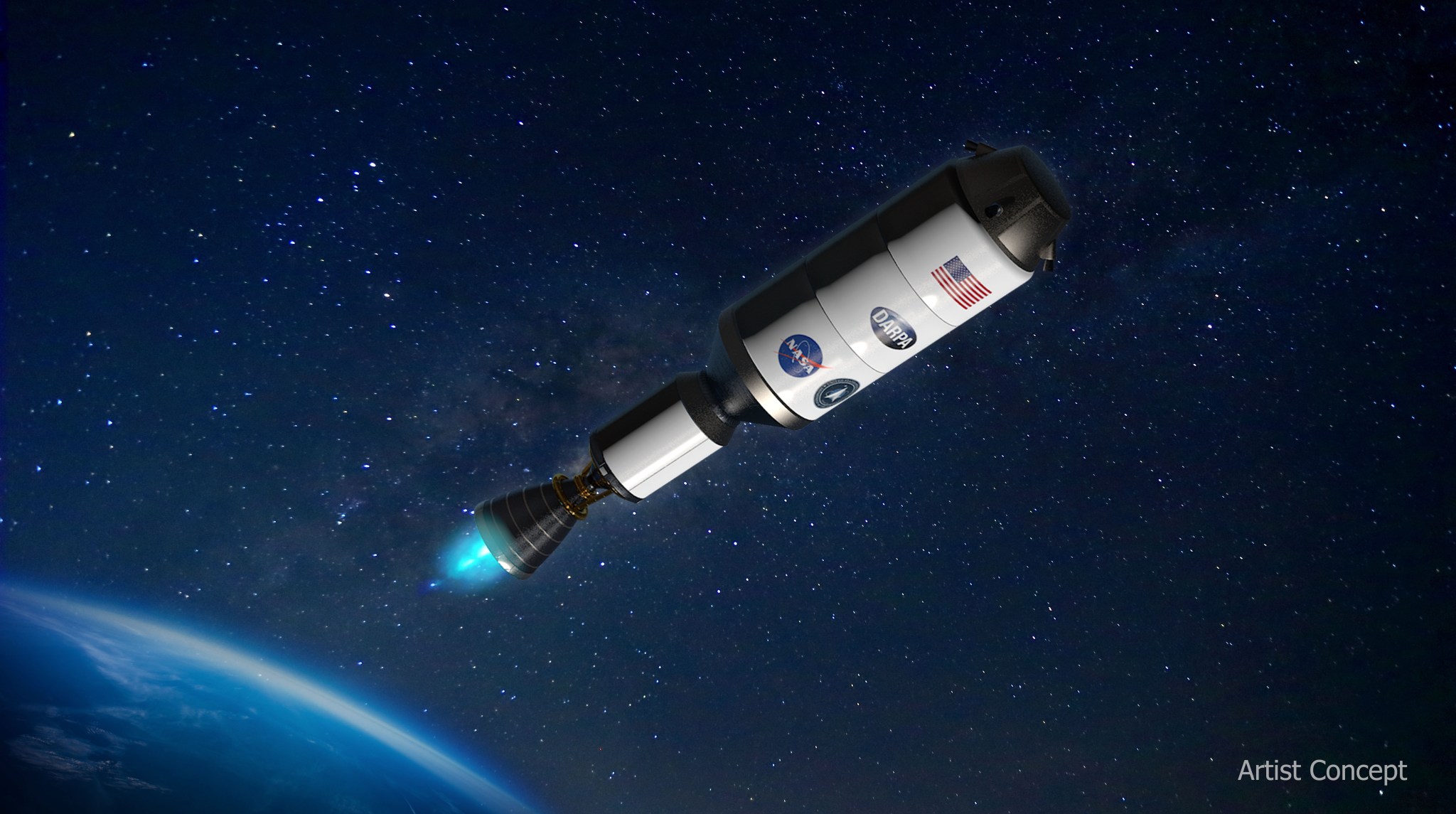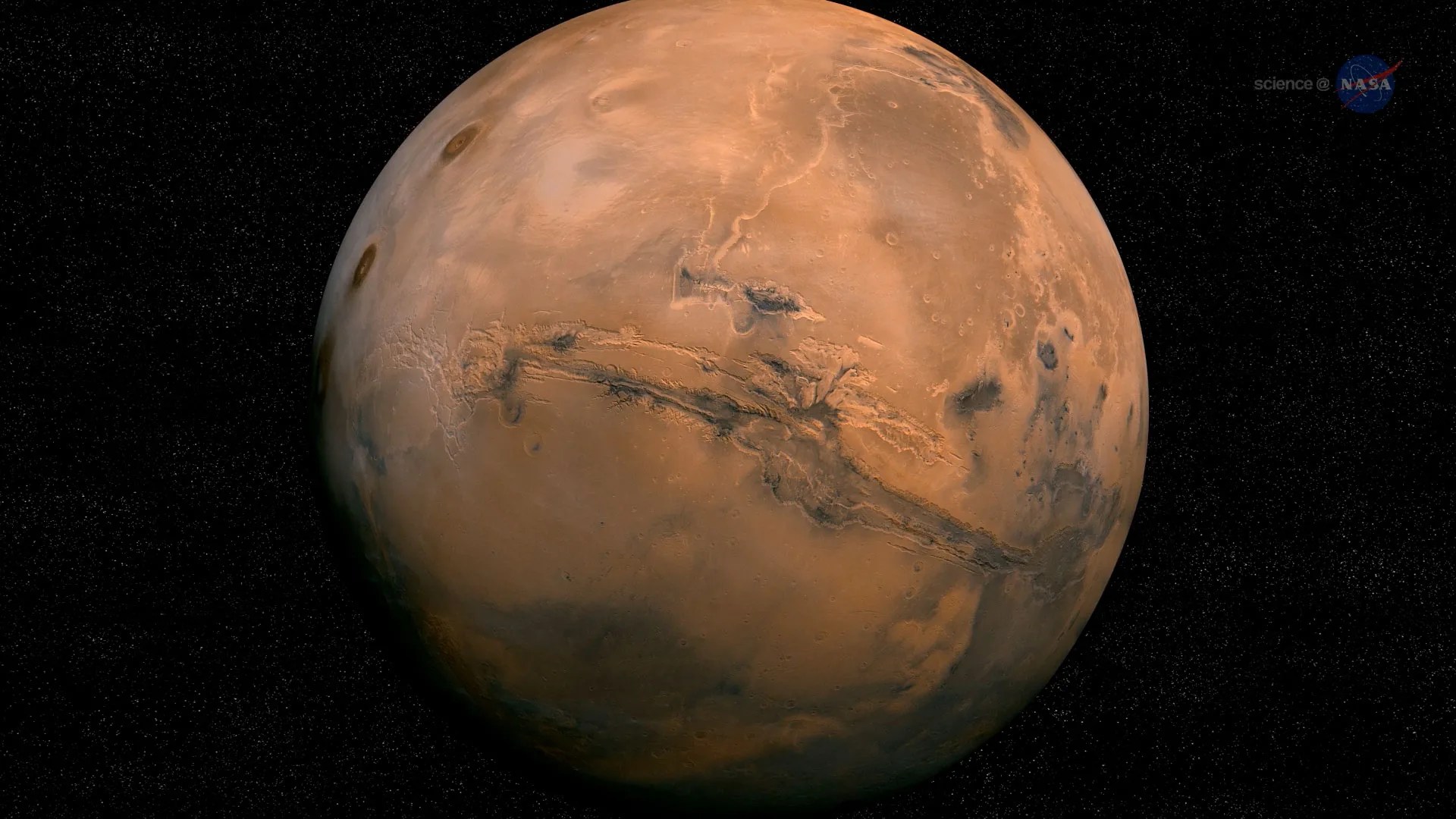Editor’s note: This story was updated to clarify details about NASA’s contributions to the DRACO agreement.
NASA and the Defense Advanced Research Projects Agency (DARPA) announced Wednesday Lockheed Martin of Littleton, Colorado, as the prime contractor for the design, build, and testing of NASA and DARPA’s nuclear-powered rocket demonstration, in collaboration with other industry partners.
The Demonstration Rocket for Agile Cislunar Operations (DRACO) program will test a nuclear-powered rocket in space as soon as 2027.
“Working with DARPA and companies across the commercial space industry will enable us to accelerate the technology development we need to send humans to Mars,” said NASA Deputy Administrator Pam Melroy. “This demonstration will be a crucial step in meeting our Moon to Mars objectives for crew transportation into deep space.”
NASA and DARPA partnered on the DRACO program to advance development of nuclear thermal rocket technology, supporting both agencies’ goals. For NASA, nuclear propulsion is one of the primary capabilities on the roadmap for crewed missions to Mars.
A nuclear-powered rocket would allow for a shorter, faster trip to the Red Planet, reducing the mission’s complexity and risk for the crew. This type of rocket can be more than twice as efficient as conventional chemical rockets, meaning it requires significantly less propellant and could carry more equipment for scientific goals. A nuclear-powered rocket also could provide more power for instruments and communications systems.
Under the terms of its agreement with DARPA, Lockheed Martin is responsible for spacecraft design, integration, and testing.
BWX Technologies, based in Lynchburg, Virginia, is responsible for the design and build of the nuclear fission reactor that will power the engine. NASA’s Space Technology Mission Directorate (STMD) is responsible for the overall management and execution of the nuclear-powered DRACO engine.
“Through NASA’s prior investments – in collaboration with the Department of Energy – we’ve supported the commercial sector to grow their capabilities in nuclear propulsion technology,” said Dr. Prasun Desai, acting associate administrator for STMD at NASA Headquarters in Washington. “Now, those investments are coming full circle as we work with these same companies to build the first nuclear-powered rocket to fly in space.”
In addition to the DRACO program, NASA also works with the Department of Energy and industry on other space nuclear technology initiatives, including Fission Surface Power and a separate effort to explore possible designs for future nuclear thermal spacecraft.
NASA is committing up to $300 million toward the DRACO partnership. This includes up to $250 million in costs for the design and development agreement for the nuclear-powered engine, as well as technical oversight and expertise from agency personnel.
The U.S. Space Force will provide the DRACO launch and launch site support.
To learn more about NASA’s space technology development work, please visit:
https://www.nasa.gov/spacetech
































